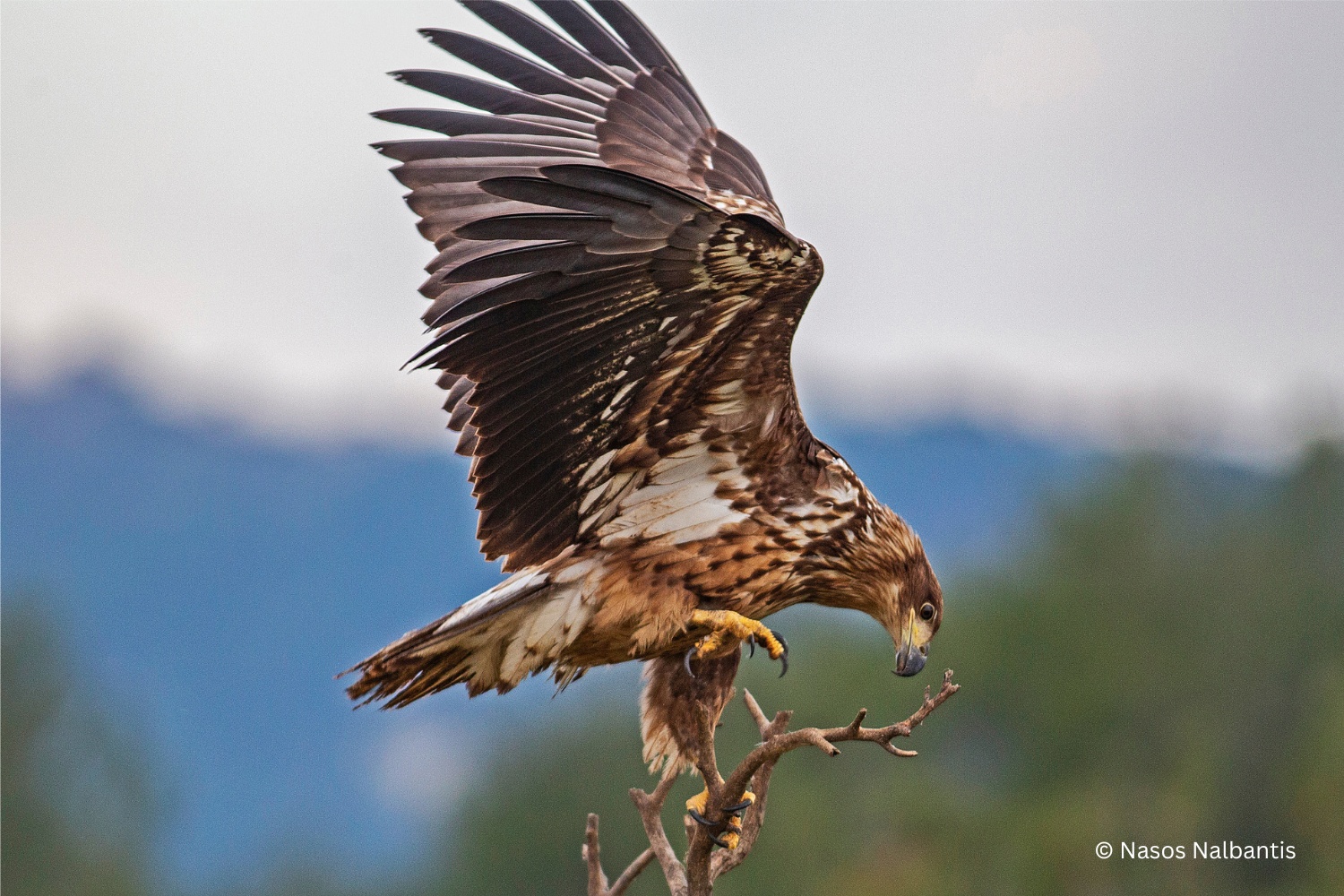
The importance of birds of prey for biodiversity
Birds of prey and in particular vultures, have the status of being indicators of high biodiversity. They are considered to be "umbrella species", the conservation of which ensures the protection of a wide range of other flora and fauna that share the same ecosystem. That is why birds of prey are often used as indicators when making decisions related to the management and conservation of natural environments. In the mountainous areas of Thrace there are designated Natura 2000 areas and Important Bird Areas, where birds of prey and vultures are among the main species that were used to characterise them.
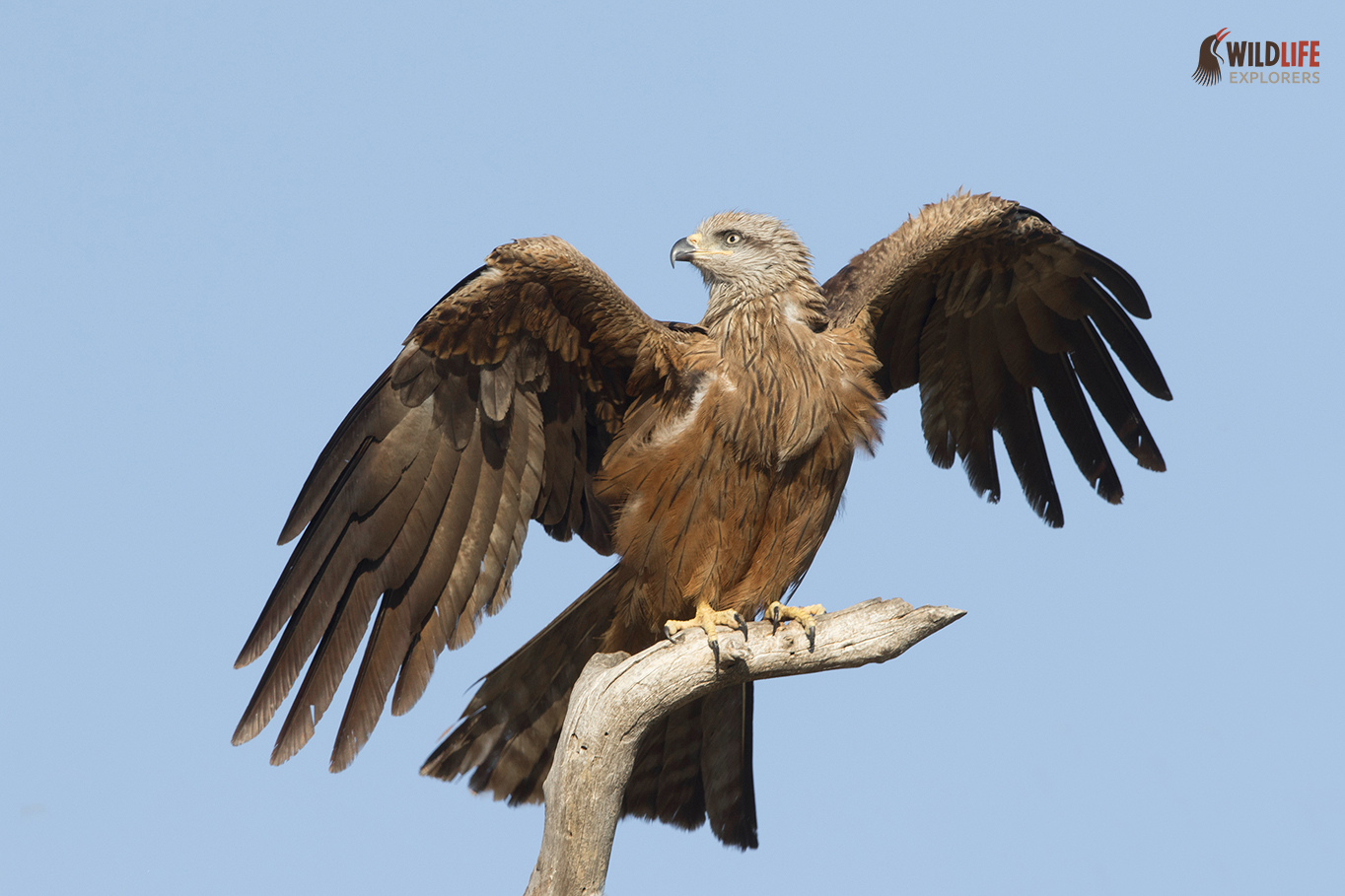
Birds of prey: flagship species
In nature, birds of prey occupy an apex position in the food pyramid of wild animals as the biggest threat they face comes from humans, only their chicks can be preyed upon by other animals. Birds of prey need big trees (old or mature trees) as a secure place for their large nests, which they build from twigs either on top of the trees or on the forks of very thick branches. However, a large tree does not just support one nest of a bird of prey, but also supports a wide variety of smaller birds and insects that can live or find food in its branches, holes or hollows. A mature forest that retains many large trees is a hotbed of biodiversity. By protecting birds of prey, we preserve mature forests and all the species of fauna they can support.
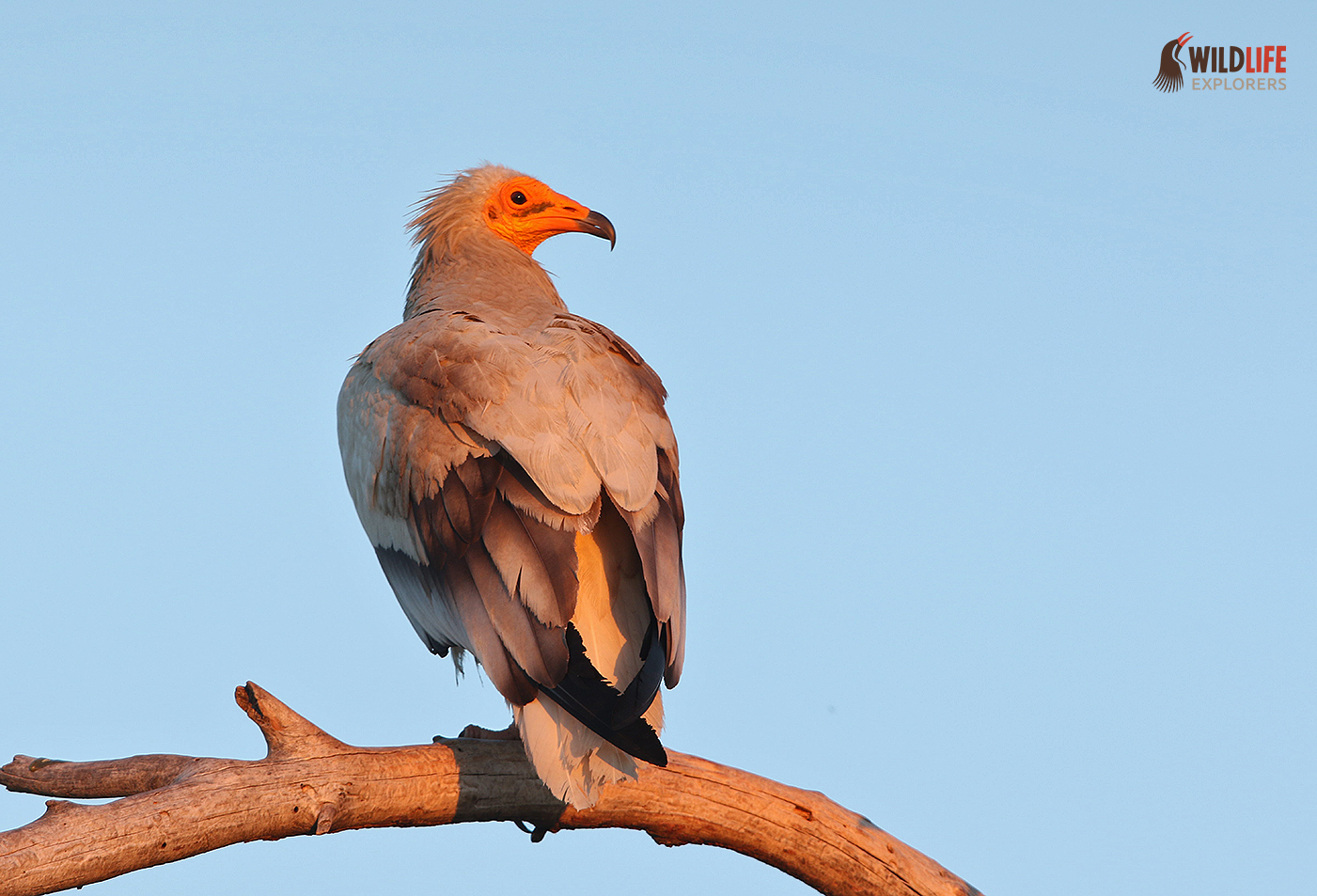
The biggest enemy of birds of prey
Adult birds of prey have no enemies in nature as they are at the top of the food chain. The greatest threat to these birds is from human activities that degrade the environment, whereas their greatest ally is in the traditional practices that respect the environment. The illegal use of poisoned baits in the wild is the most important threat they face, the indiscriminate or improper siting of wind farms is also a major cause of mortality. Abandonment of the countryside is still a major threat, because as crops are grown on an intensive scale and livestock farming ceases to be integrated into local society, the landscape is deprived of the diversity of habitats that these bird species need to find food and shelter. Finally, extensive forest fires contribute to the loss of nesting habitat.
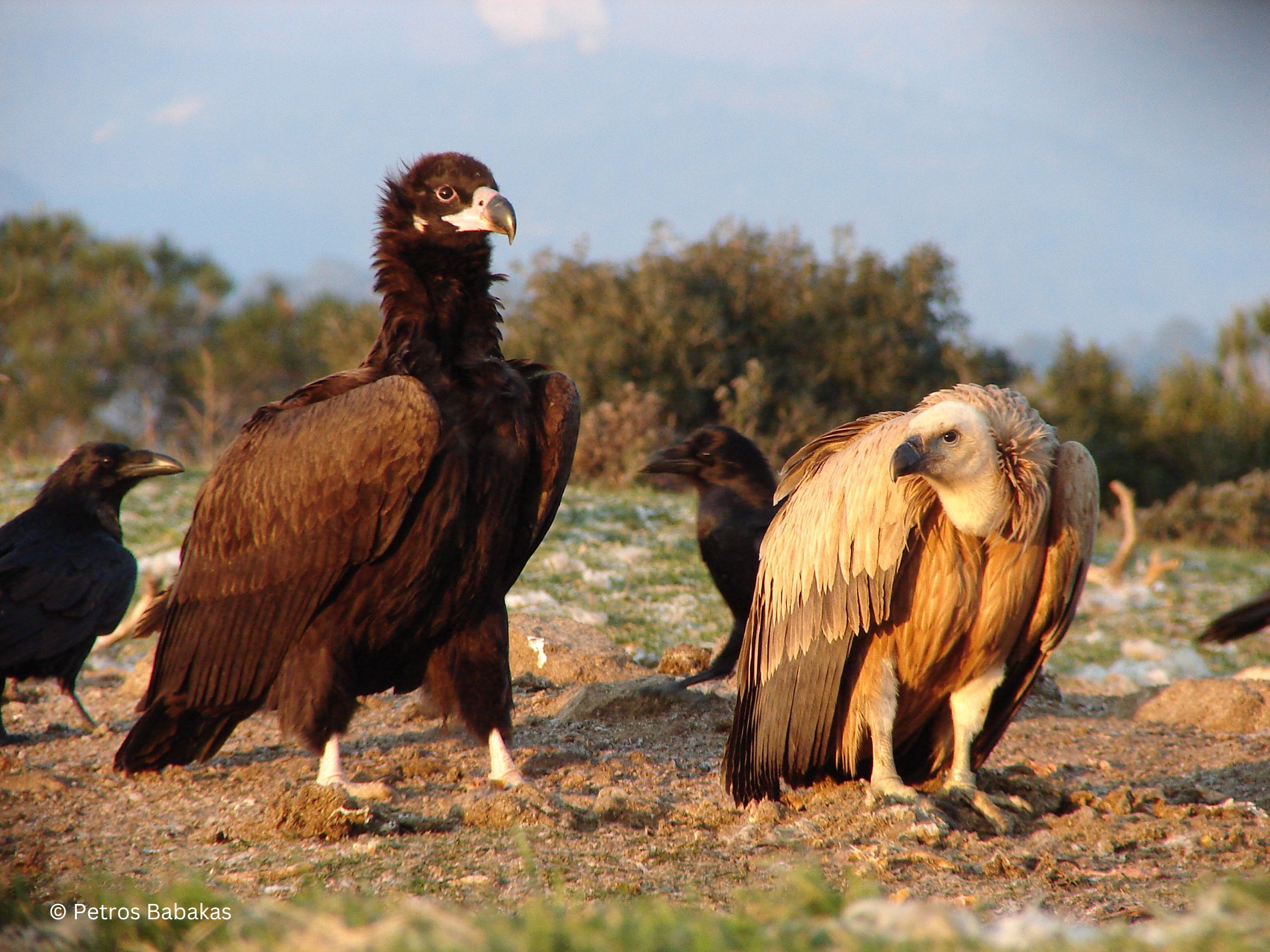
Vultures: the "clean up crew" of the countryside
Vultures, these majestic birds of prey with unique although little known characteristics, play an important role in nature since their presence is related to the overall health of the environment. They feed on dead animals, wild or free-range livestock, and clean up the natural environment by preventing the spread of disease, thereby protecting public health.
Vultures can consume a large dead animal within hours from the time they originally discovered it using their powerful eyesight. The strong acid in their stomachs allows them to digest dead animals that contain dangerous bacteria that would be toxic to other animals. Their bare head is an evolutionary adaptation resulting from the way they feed, allowing them to keep it clean more easily. In search of food, vultures fly without flapping their wings, but glide by taking advantage of warm updraughts of air, thus saving energy while scouring for food.
A few words about some of the rare birds of prey of Thrace:
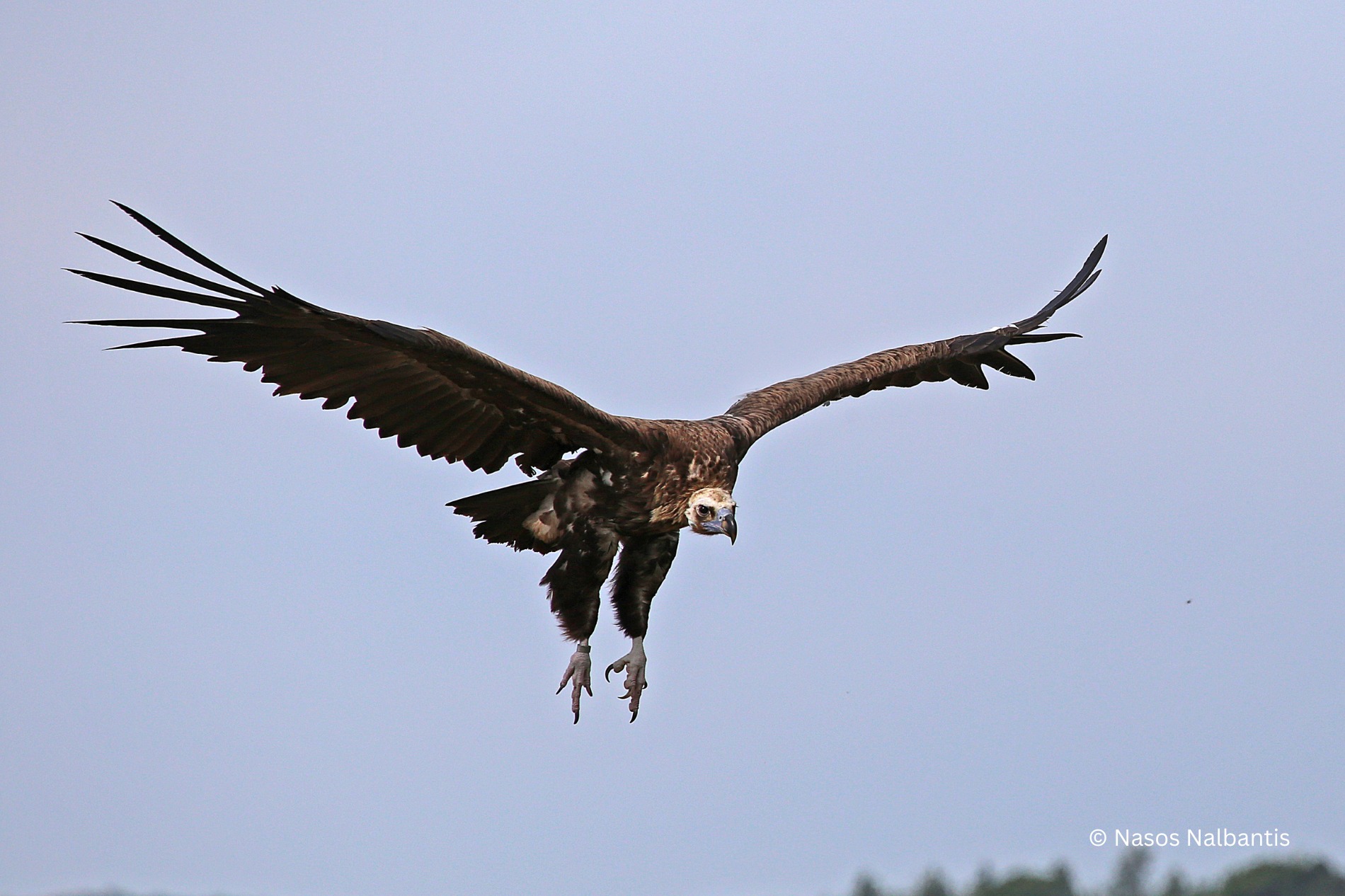
Aegypius monachus
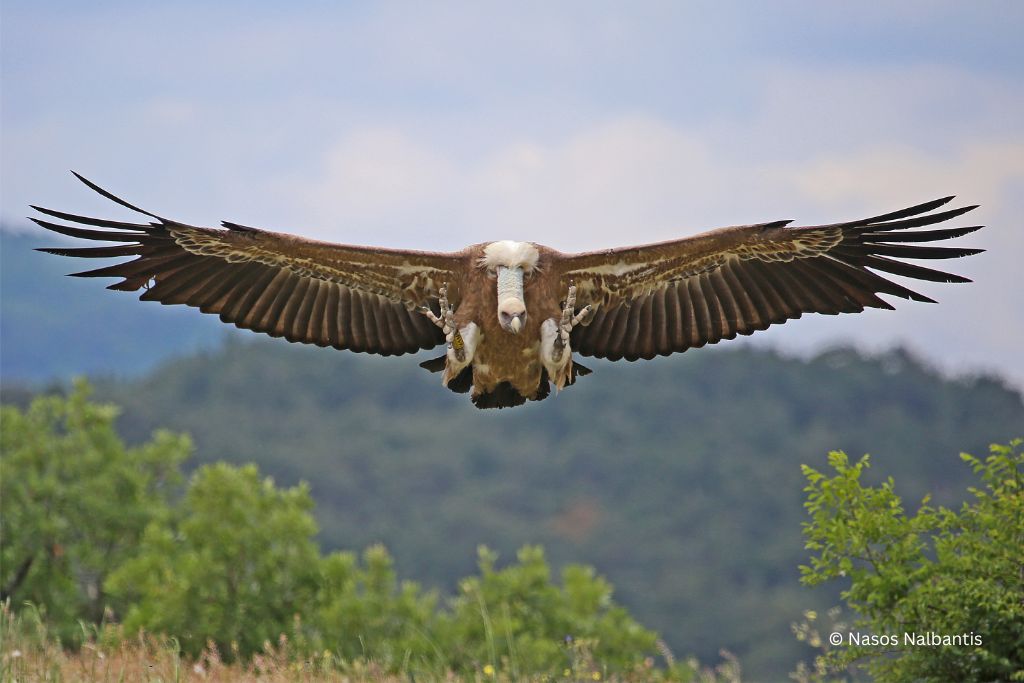
Gyps fulvus

Neophron percnopterus
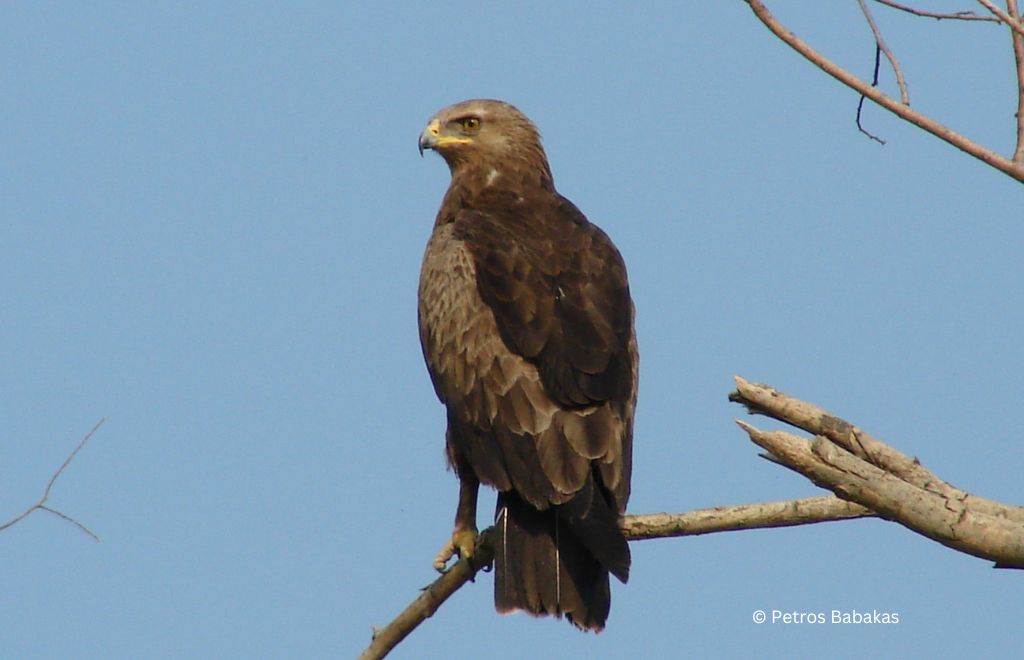
Clanga pomarina
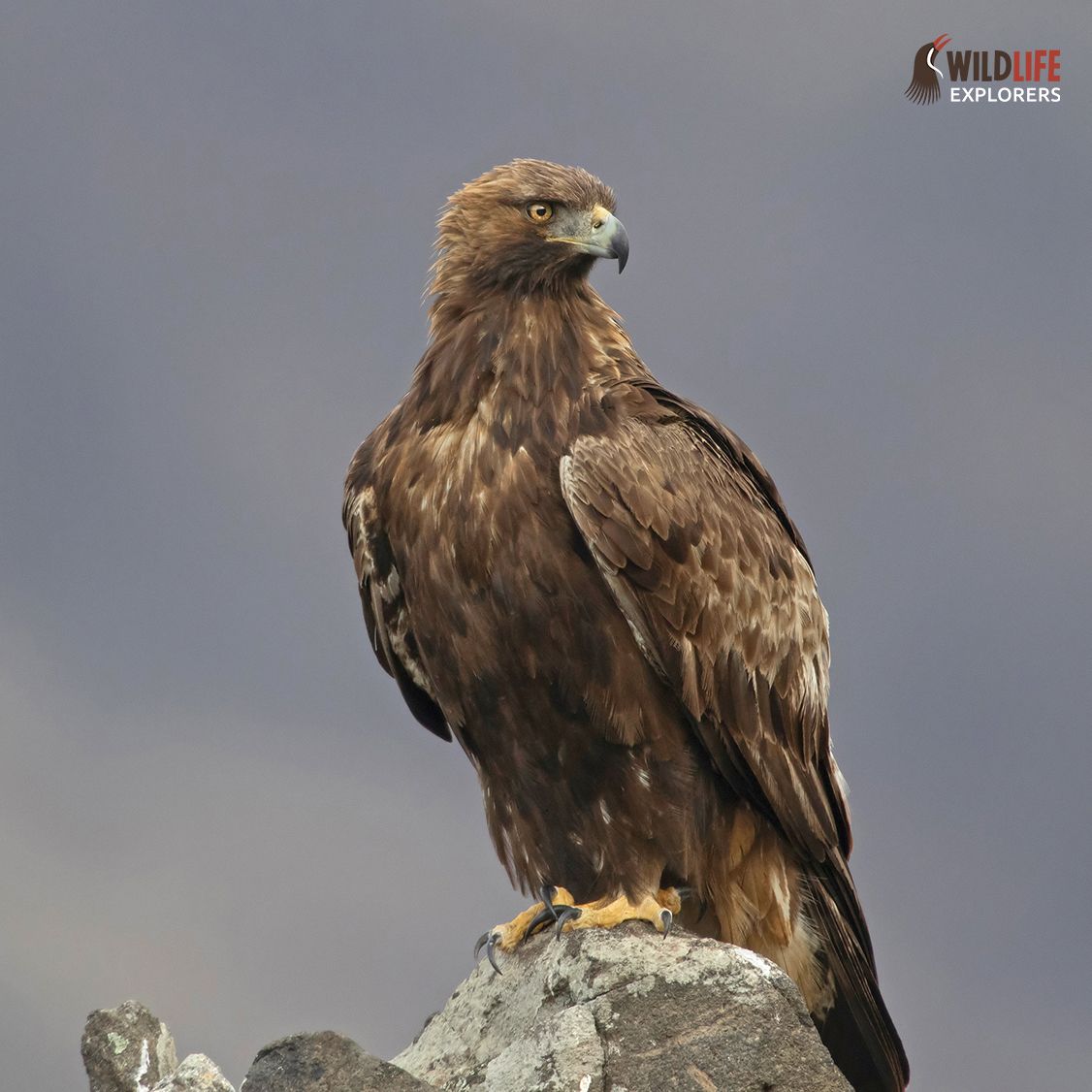
Aquila chrysaetos
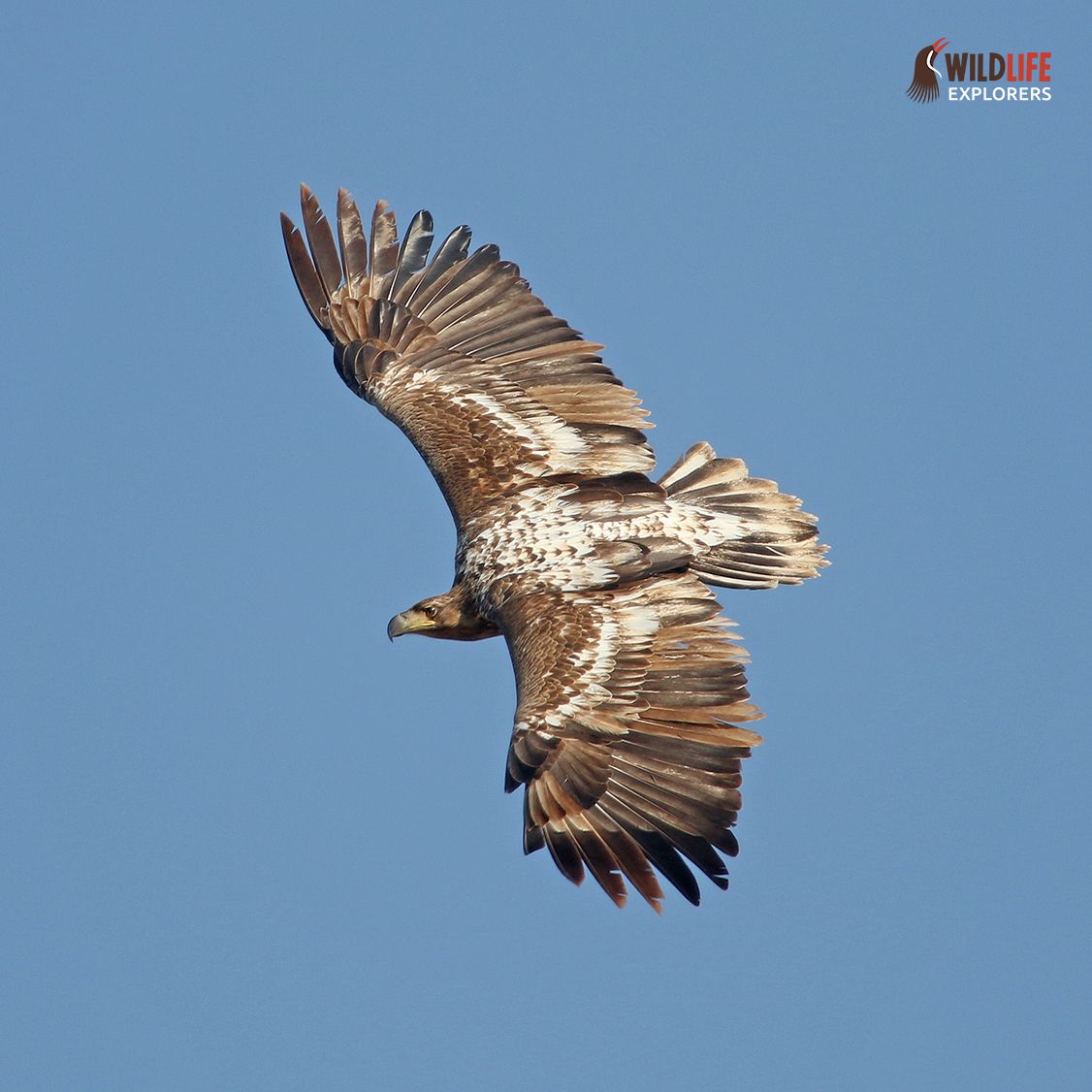
Haliaeetus albicilla
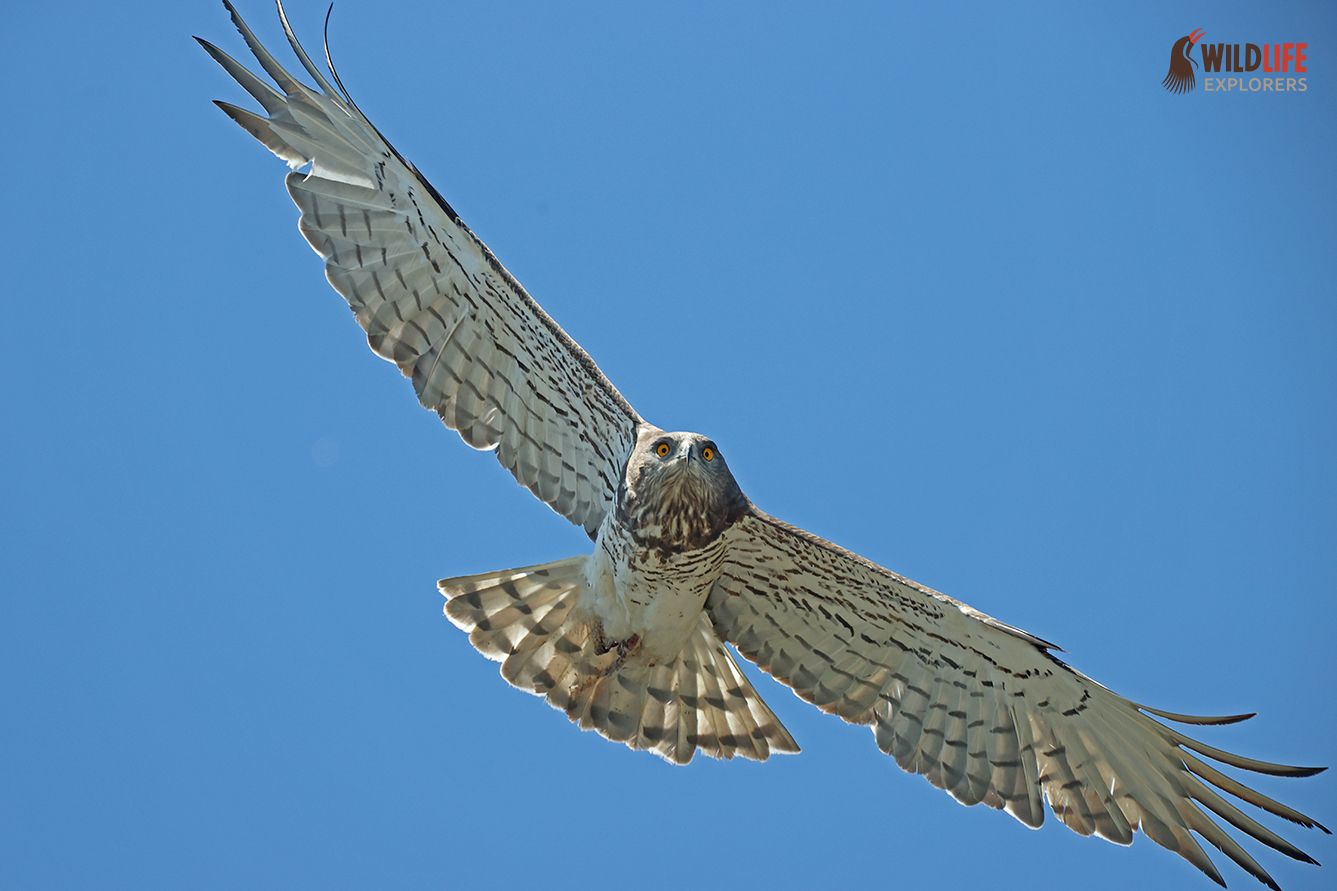
Circaetus gallicus
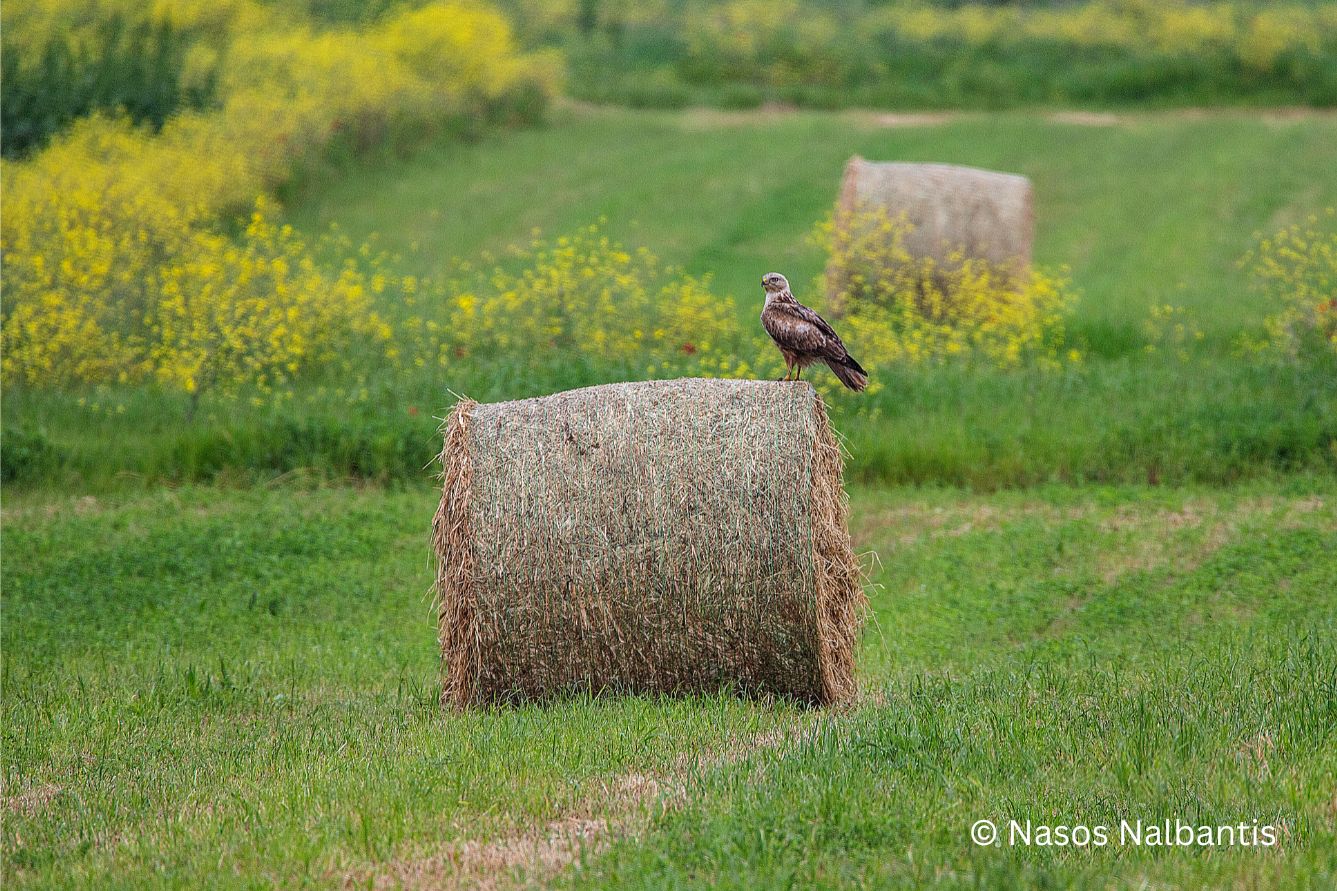
Buteo rufinus
